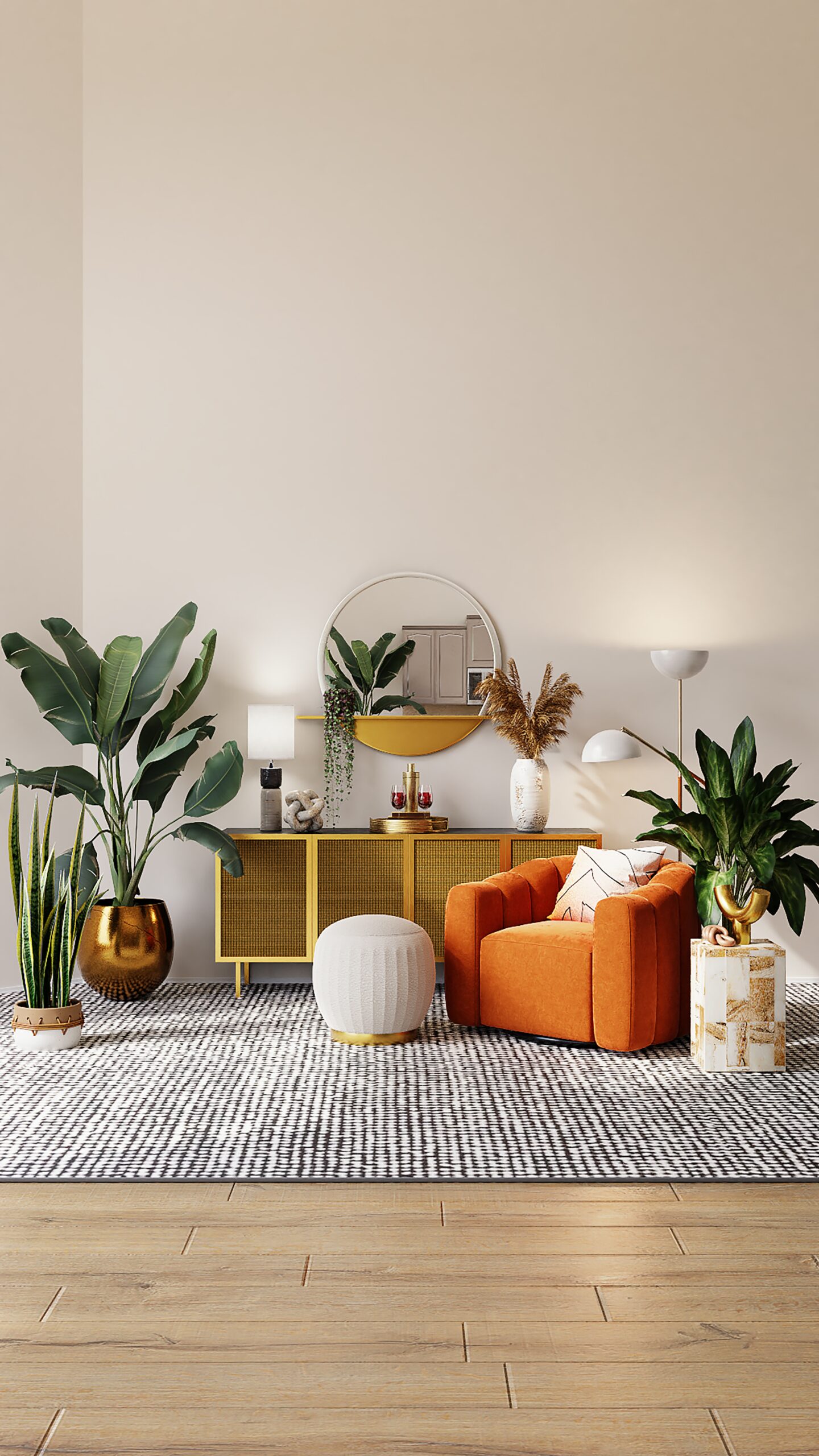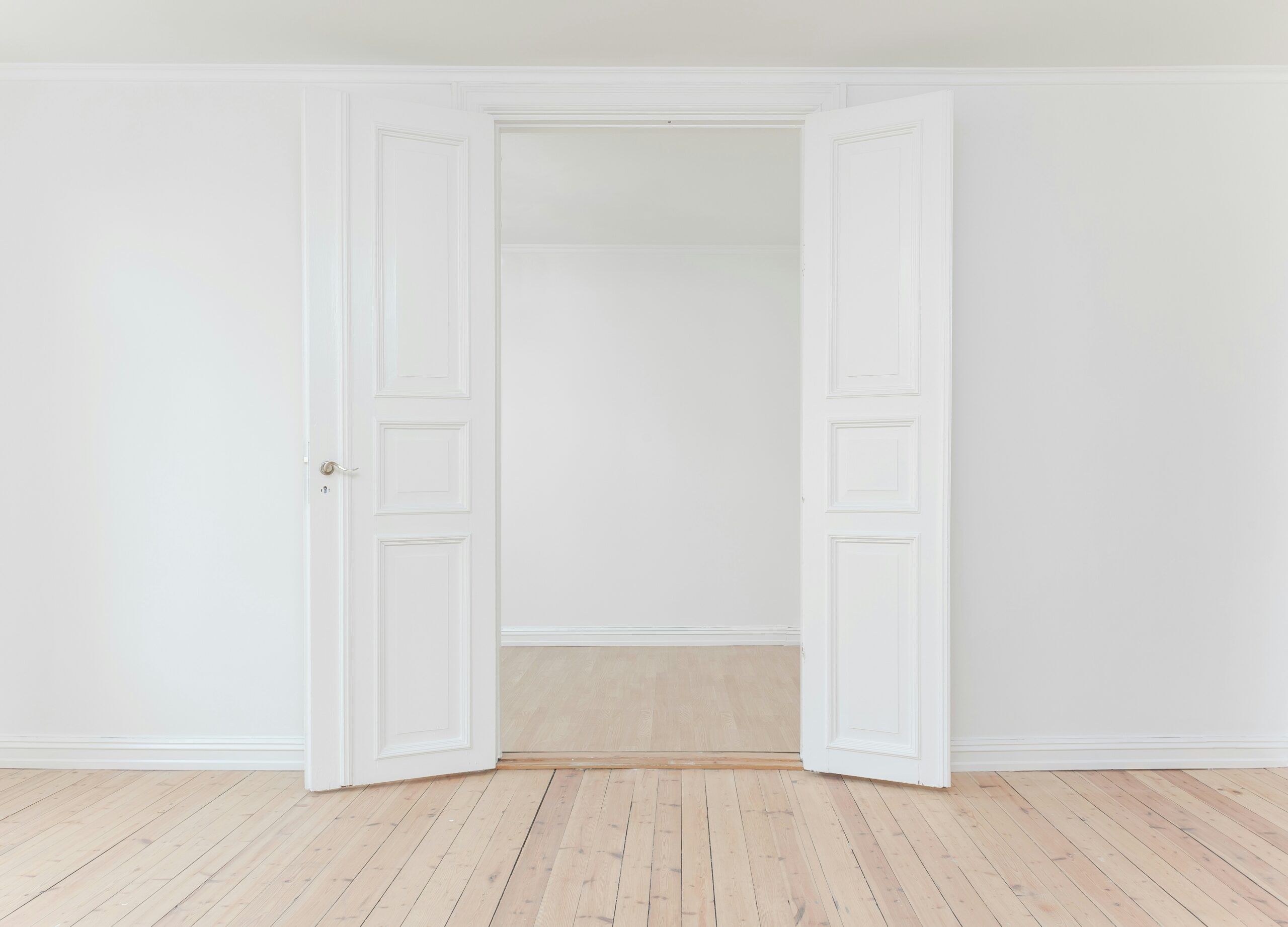Interior design is the art and science of enhancing the interior space of a building to create a visually appealing and functional environment. It is a multifaceted profession that involves the creative and technical aspects of designing and decorating spaces.
The Purpose of Interior Design
The primary purpose of interior design is to improve the quality of life for individuals occupying a space. It goes beyond simply selecting colors and furniture; it involves careful planning and consideration of various elements to create a harmonious and functional space.
Interior designers work closely with their clients to understand their needs, preferences, and budget. They use their expertise to transform a space into something that is not only aesthetically pleasing but also practical and efficient.
The Elements of Interior Design
Interior design incorporates several key elements to create a cohesive and visually pleasing space:
- Space: The foundation of interior design is the space itself. Designers analyze the available space and determine how it can be optimized to meet the client’s needs.
- Color: Colors play a crucial role in setting the mood and atmosphere of a space. Interior designers carefully select colors that complement each other and create the desired ambiance.
- Lighting: Proper lighting is essential in interior design. It not only illuminates the space but also enhances its overall look and feel. Designers consider natural and artificial lighting sources to create a well-lit and inviting environment.
- Texture and Pattern: Texture and pattern add depth and visual interest to a space. Designers incorporate various textures and patterns through materials, fabrics, and finishes to create a dynamic and visually appealing environment.
- Furniture and Accessories: Selecting the right furniture and accessories is crucial in interior design. Designers consider the functionality, comfort, and style of each piece to ensure they align with the overall design concept.
- Layout and Flow: The layout and flow of a space greatly impact its functionality. Interior designers carefully plan the arrangement of furniture and the circulation within a space to optimize its use and create a seamless flow.
The Role of an Interior Designer
An interior designer is a trained professional who possesses a deep understanding of design principles, building codes, and industry standards. They have the knowledge and expertise to create innovative and functional designs that meet the unique needs of their clients.
Interior designers work closely with architects, contractors, and other professionals to ensure that the design vision is executed effectively. They create detailed plans, select materials, coordinate installations, and oversee the entire design process from start to finish.
Additionally, interior designers stay up-to-date with the latest trends, technologies, and materials in the industry. They continuously expand their knowledge and skills to provide innovative and cutting-edge designs to their clients.
The Benefits of Hiring an Interior Designer
While some individuals may attempt to design their own spaces, there are several benefits to hiring a professional interior designer:
- Expertise: Interior designers have the expertise and knowledge to create functional and aesthetically pleasing spaces. They can provide valuable insights and recommendations based on their experience and training.
- Time and Cost Savings: Hiring an interior designer can save time and money in the long run. They have access to resources and industry connections, which allows them to source materials and furnishings at competitive prices. They also help avoid costly mistakes and ensure that the project stays within budget.
- Personalized Design: Interior designers work closely with their clients to understand their preferences and lifestyle. They create customized designs that reflect the client’s personality and meet their specific needs.
- Attention to Detail: Interior designers pay attention to every detail, ensuring that no aspect of the design is overlooked. They consider factors such as lighting, acoustics, ergonomics, and sustainability to create a well-rounded and thoughtful design.
In conclusion, interior design is a specialized profession that combines creativity, technical knowledge, and problem-solving skills. It aims to create functional, visually appealing, and personalized spaces that enhance the quality of life for individuals. Whether it’s a residential or commercial project, hiring an interior designer can greatly contribute to the success and satisfaction of the final design.




